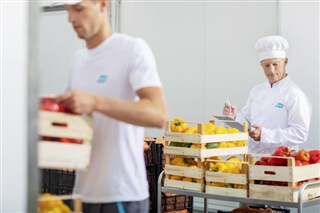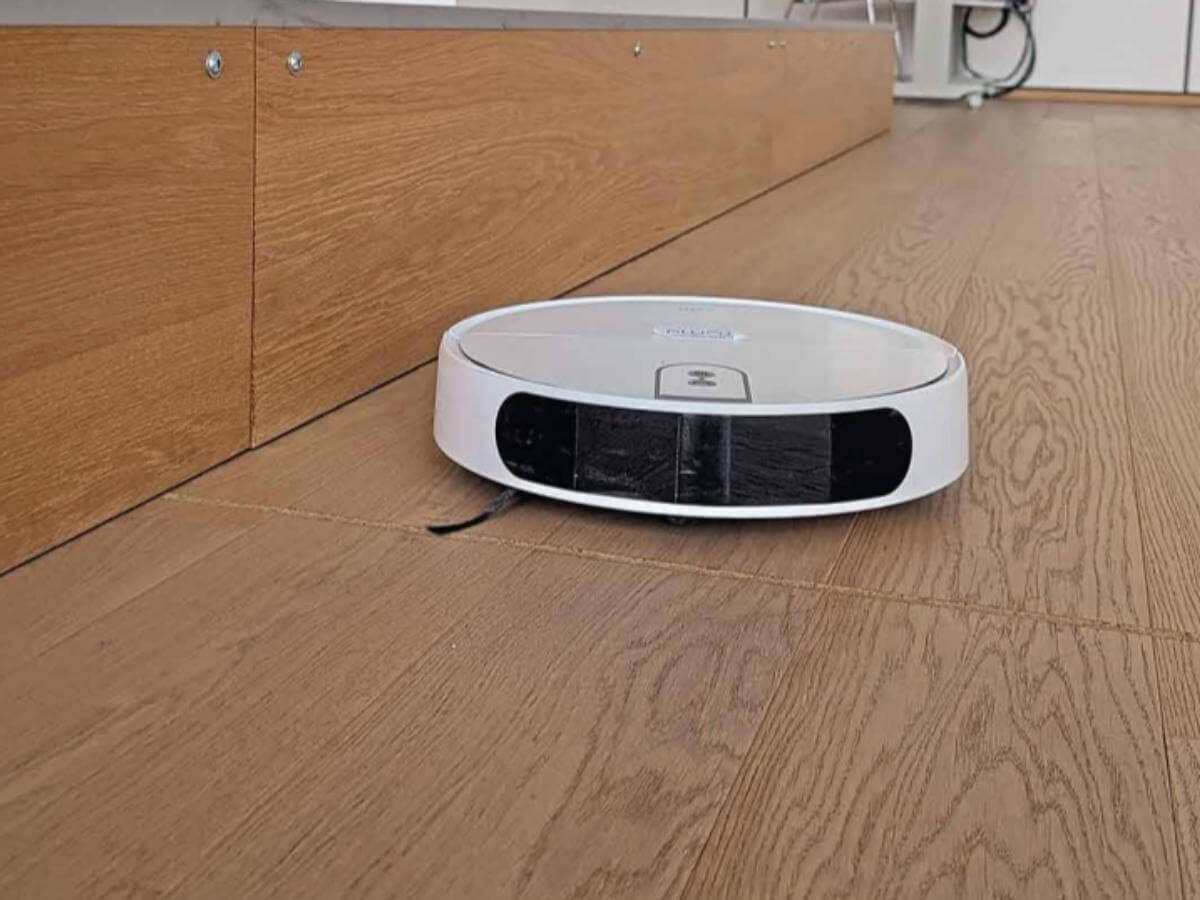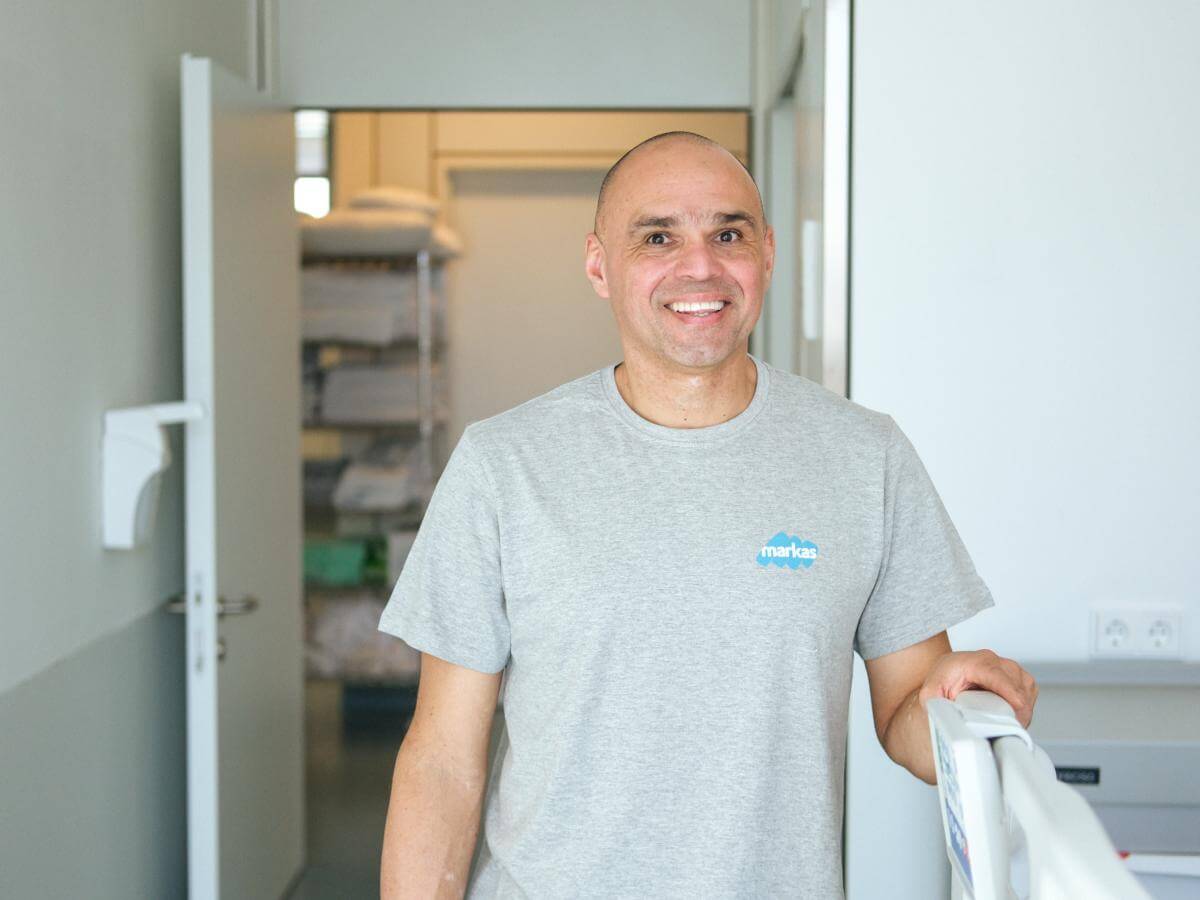
The project
The initial phase of the project included the collection and analysis of leftovers at the canteens of two schools; ‘Salvo D'Acquisto Primary School’ and ‘L. Ciurli Primary School’. Each school was involved for two weeks, between 17th April and 3rd May 2023.
The initiative covered five courses: first course, second course, side dish, bread and fruit or dessert. Meal leftovers were collected, sorted and monitored by the canteen staff, who received special training in order to evaluate and separate food waste correctly.
Following the initial part of the project and the thorough monitoring of leftovers, a detailed report was generated in order to highlight key findings and actionable insights.
The initial phase of the project included the collection and analysis of leftovers at the canteens of two schools; ‘Salvo D'Acquisto Primary School’ and ‘L. Ciurli Primary School’. Each school was involved for two weeks, between 17th April and 3rd May 2023.
The initiative covered five courses: first course, second course, side dish, bread and fruit or dessert. Meal leftovers were collected, sorted and monitored by the canteen staff, who received special training in order to evaluate and separate food waste correctly.
Following the initial part of the project and the thorough monitoring of leftovers, a detailed report was generated in order to highlight key findings and actionable insights.

Results
The study accurately quantified uneaten portions while identifying specific consumption patterns or trends.
For example, the least consumed type of dish was the side dish, while the most consumed one was the first course. When it comes to key ingredients and students’ preferences, meat-based dishes performed much better than dishes based on fish or vegetables.
As a result, all these precious insights allow future menu planning to be more accurate, replacing less appreciated dishes.
Moreover, monitoring and analysing food waste in school canteens can also promote a culture of responsibility and conscious consumption, encouraging students and staff to contribute to a more sustainable food ecosystem.
The study accurately quantified uneaten portions while identifying specific consumption patterns or trends.
For example, the least consumed type of dish was the side dish, while the most consumed one was the first course. When it comes to key ingredients and students’ preferences, meat-based dishes performed much better than dishes based on fish or vegetables.
As a result, all these precious insights allow future menu planning to be more accurate, replacing less appreciated dishes.
Moreover, monitoring and analysing food waste in school canteens can also promote a culture of responsibility and conscious consumption, encouraging students and staff to contribute to a more sustainable food ecosystem.
FIND OUT THE LATEST NEWS

Gender violence and Whistleblowing: a shared commitment to a safe and respectful work environment
Gender violence is one of the most severe and persistent social and cultural issues...

Markas Health Week 2025: A whole week dedicated to well-being and prevention
What started in 2019 as a single Health Day at the Markas Austria headquarters in...

Energy efficiency at Markas: a strategic approach with ISO 50001
Energy management represents a fundamental pillar of Markas’ sustainability strategy....

Innovation in cleaning: Markas relies on cobotics
Economical, flexible, and cutting-edge, cobotics is now enhancing Markas’ cleanin...

The people behind essential services
A recent feature by FF magazine, titled “Das Rückgrat des Landes” (The backbone of th...

Markas ensures sustainable cleaning in the Government District of St. Pölten
With a team of around 50 employees, approximately 116,000 m² of space is cleaned da...
